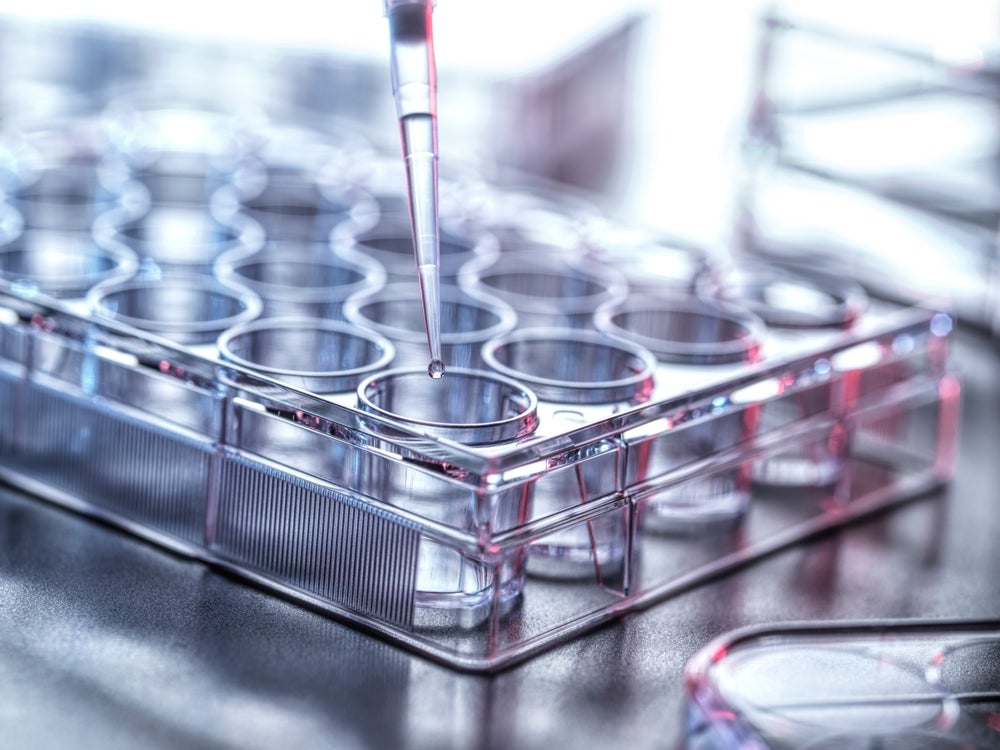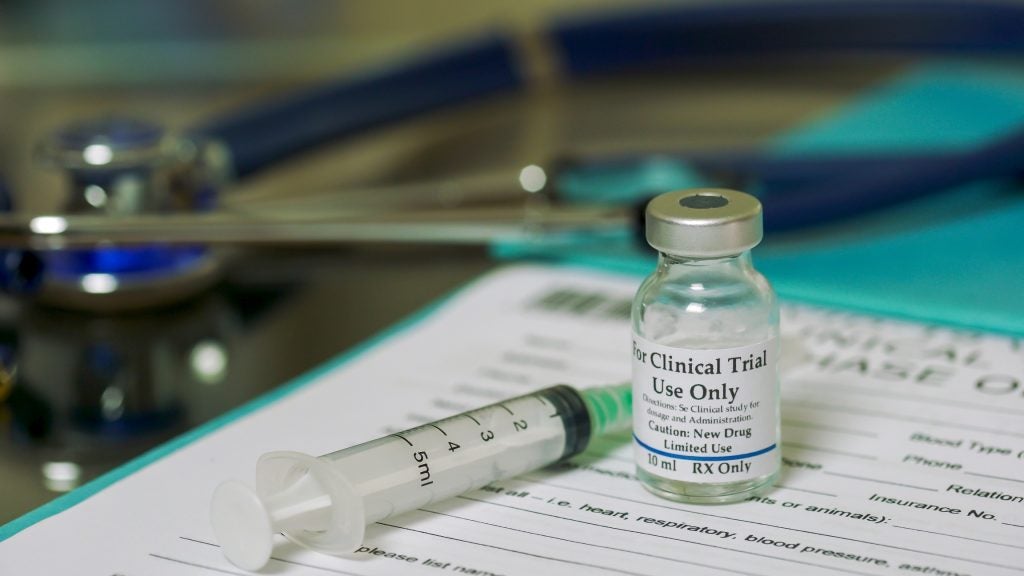Biodel has reported positive top-line data from a Phase I trial of its ultra-rapid-acting formulations of recombinant human insulin (RHI), BIOD-123 and BIOD-125.
The product candidates have reached the target pharmacokinetic, pharmacodynamic and toleration profiles in the trial and BIOD-123 is expected to advance into Phase II in the third calendar quarter of 2012.
Biodel president and chief executive officer Errol De Souza said the findings from these studies are encouraging and will enable the company to advance an ultra-rapid-acting RHI-based formulation into a Phase 2 clinical trial as early as next quarter.
"In parallel, we will continue our development of ultra-rapid-acting insulin analog-based formulations, with the goal of advancing product candidates into a Phase 1 clinical trial later in 2012," De Souza said.
The objective of the single-centre, randomised trial was to discover an RHI-based formulation with profiles similar to the company’s previous Linjeta formulation used in Phase III trials, but with improved injection site toleration characteristics.
See Also:
Separate assays were used for pharmacokinetic measurements to quantify the active ingredients in the study drugs, the euglycemic clamp method was used for pharmacodynamic measurements, and the local injection site discomfort was measured with a 100mm visual analog scale (VAS) and patient questionnaires.
How well do you really know your competitors?
Access the most comprehensive Company Profiles on the market, powered by GlobalData. Save hours of research. Gain competitive edge.

Thank you!
Your download email will arrive shortly
Not ready to buy yet? Download a free sample
We are confident about the unique quality of our Company Profiles. However, we want you to make the most beneficial decision for your business, so we offer a free sample that you can download by submitting the below form
By GlobalDataAbsorption rates of BIOD-123 and BIOD-125 were significantly faster than that of Humalog as indicated by 64% and 54% reductions, respectively, in mean times to half maximal insulin concentrations.
Local toleration was not significantly different for BIOD-123 compared to Humalog (BIOD-123 mean VAS 3.6 +/- 2.1 mm, Humalog 1.8 +/- 1.1 mm, p=NS) and BIOD-125 was slightly higher as compared to Humalog (mean VAS 6.8 +/- 2.9 mm, p < 0.05), the study reported.
Biodel chief medical officer Alan Krasner said the goal of the company’s subsequent formulation development has been to maintain the ultra-rapid absorption profile of Linjeta, while improving injection site toleration.
"These recent data suggest that our latest formulations have achieved this goal, and we feel that further clinical development is warranted," Krasner added.







